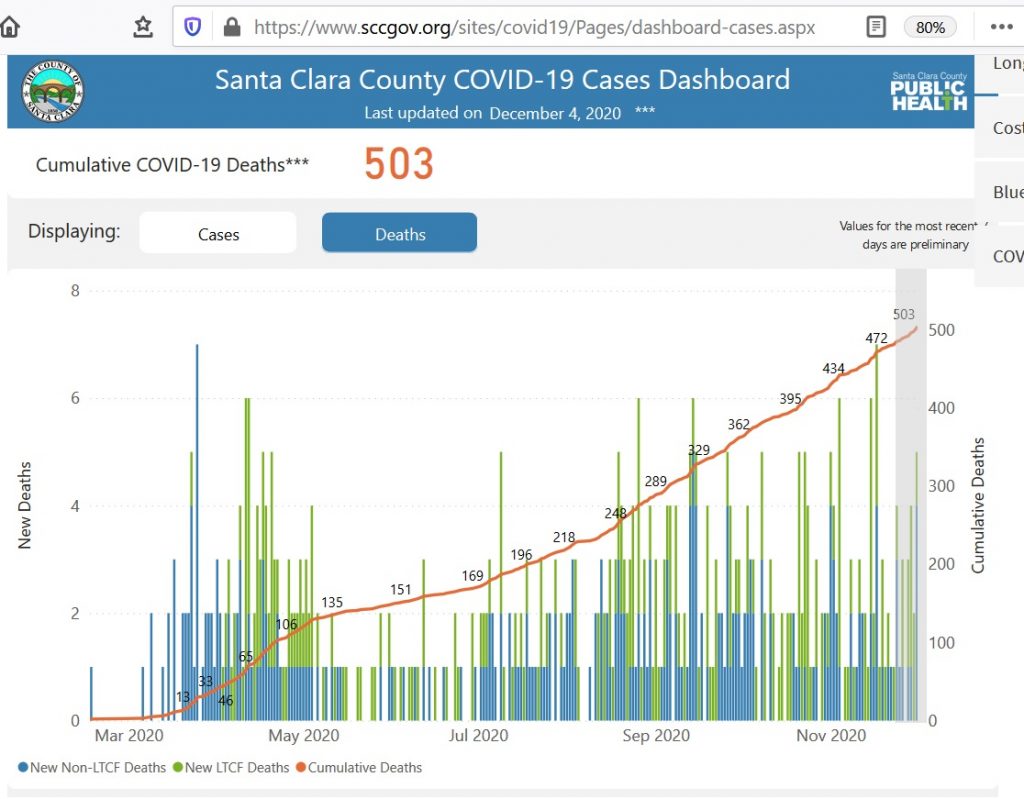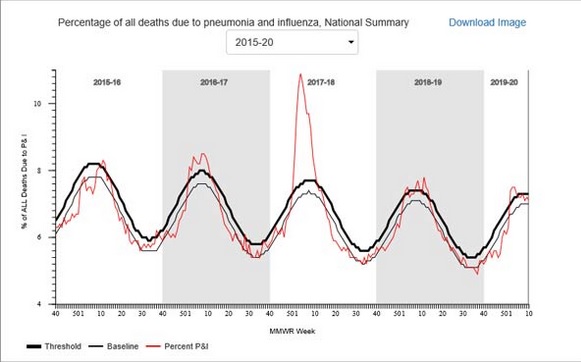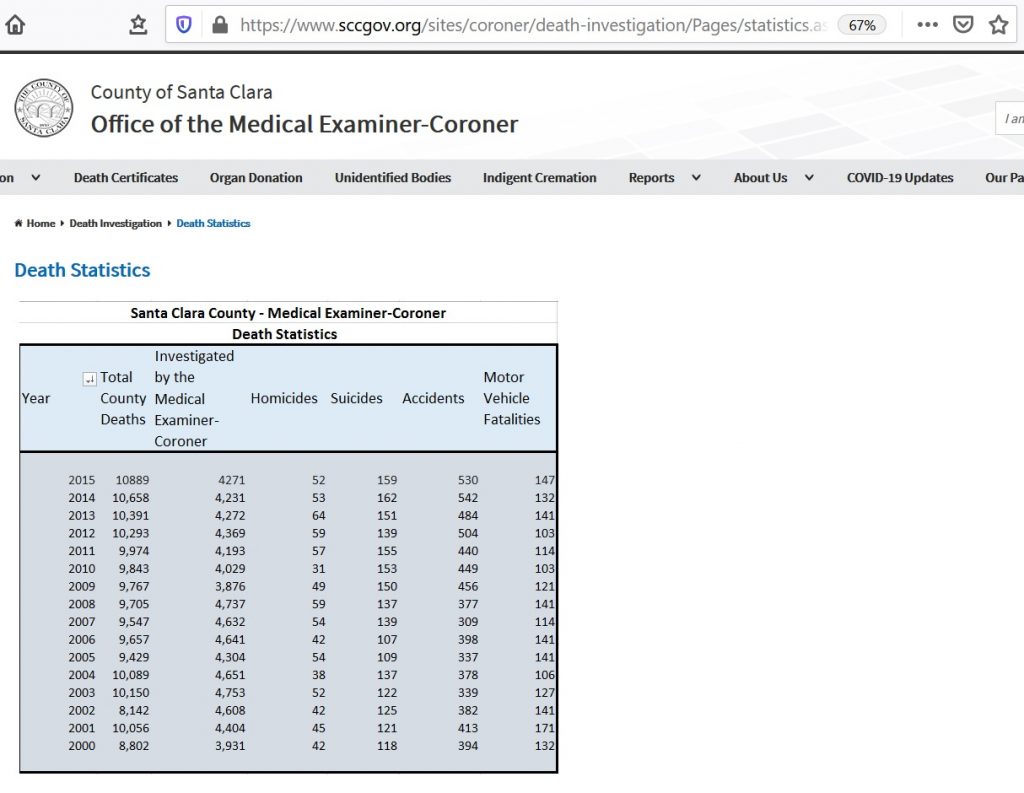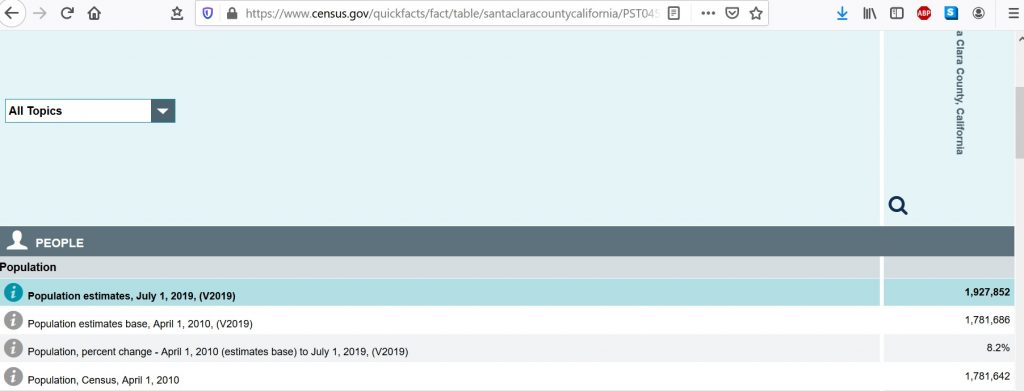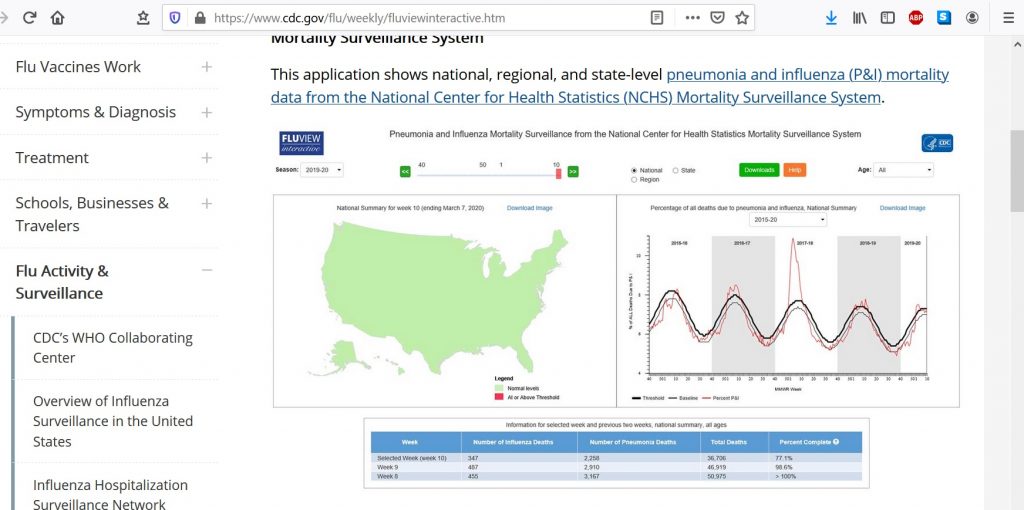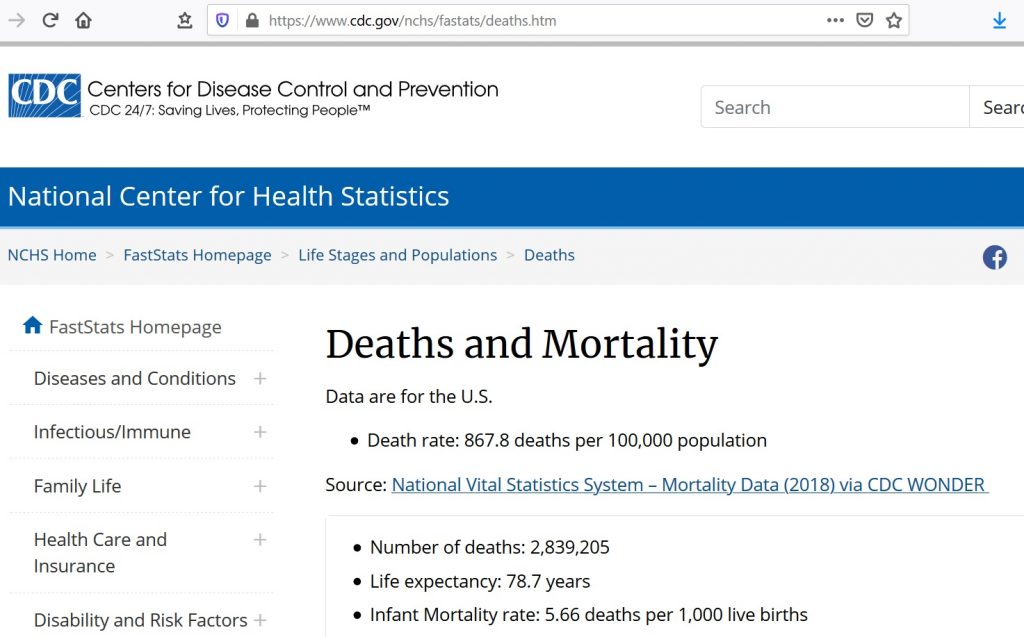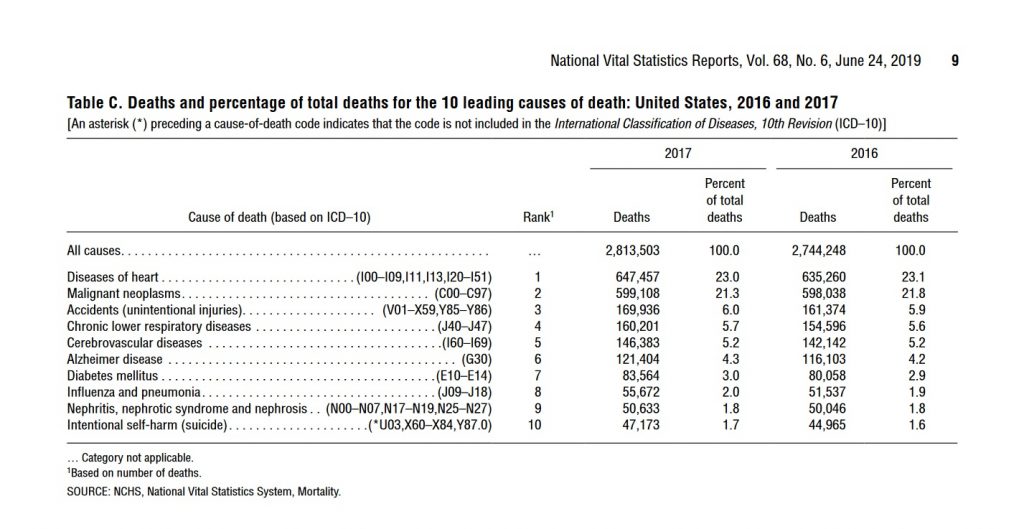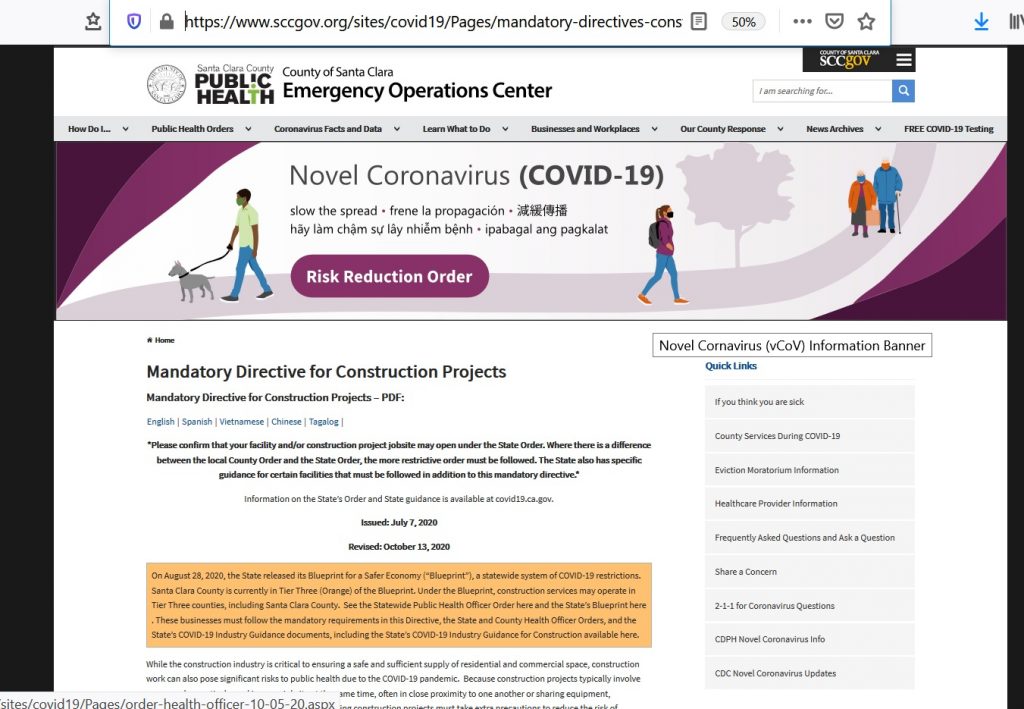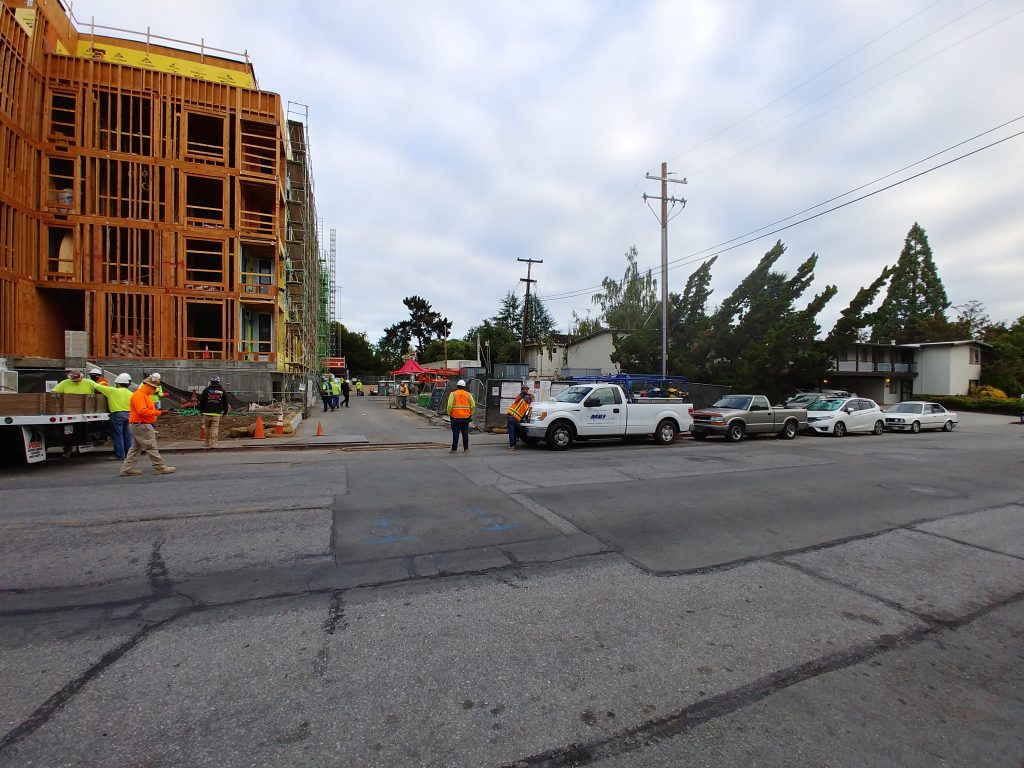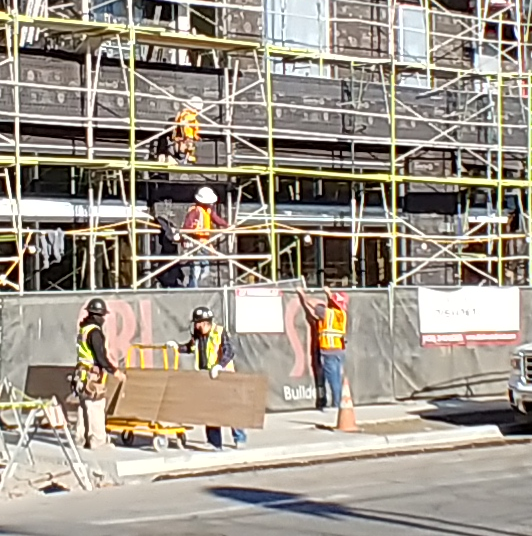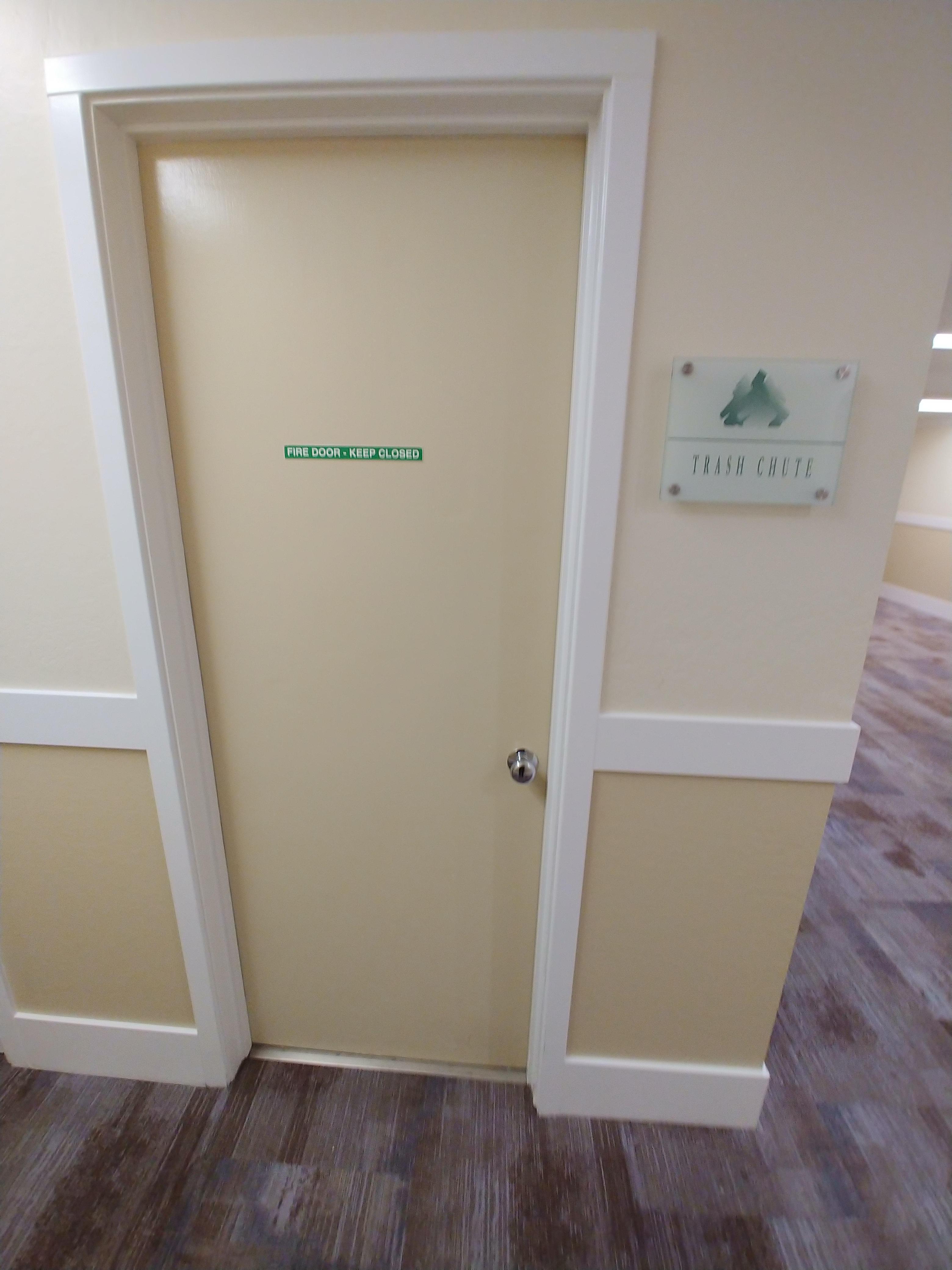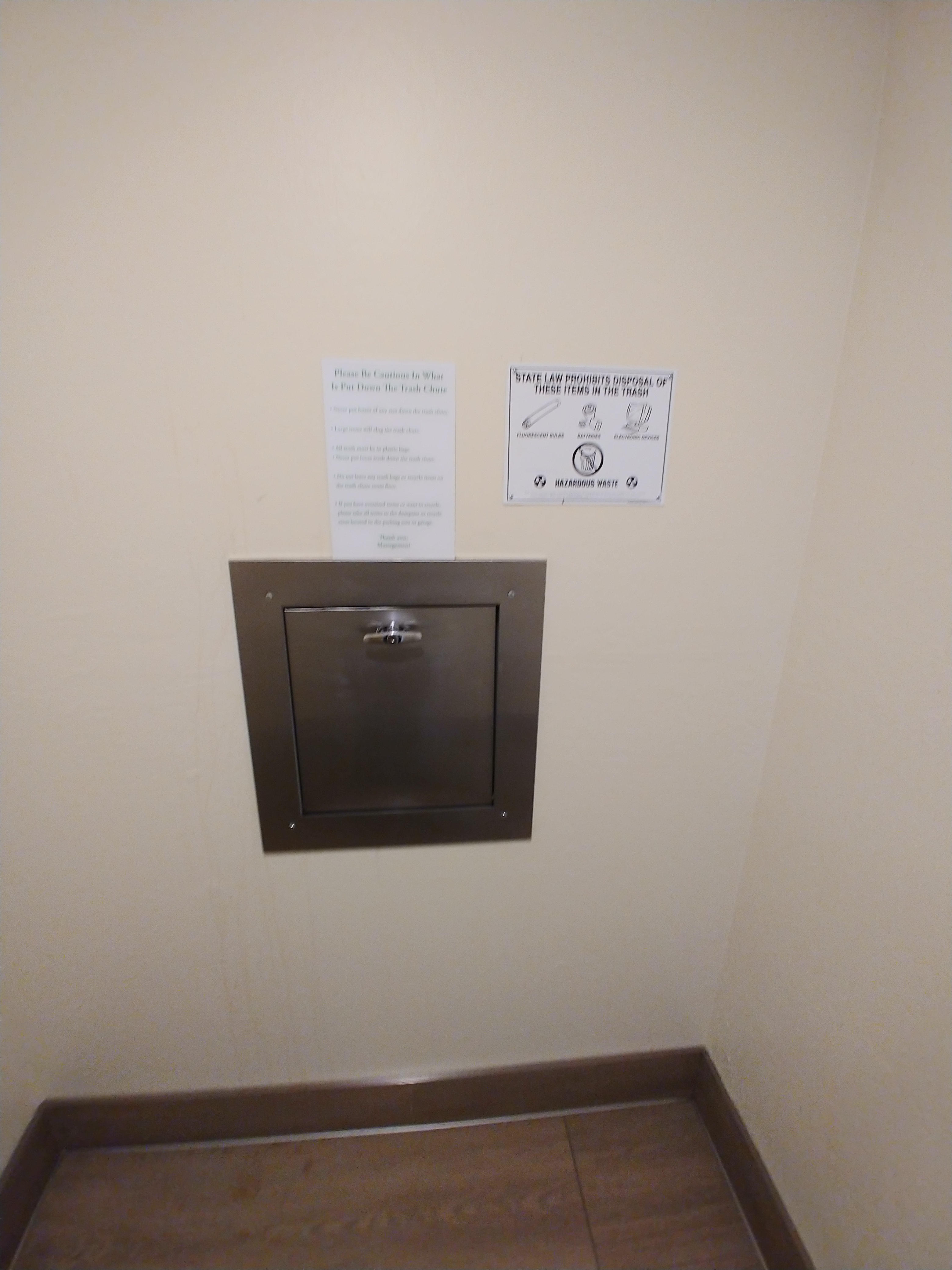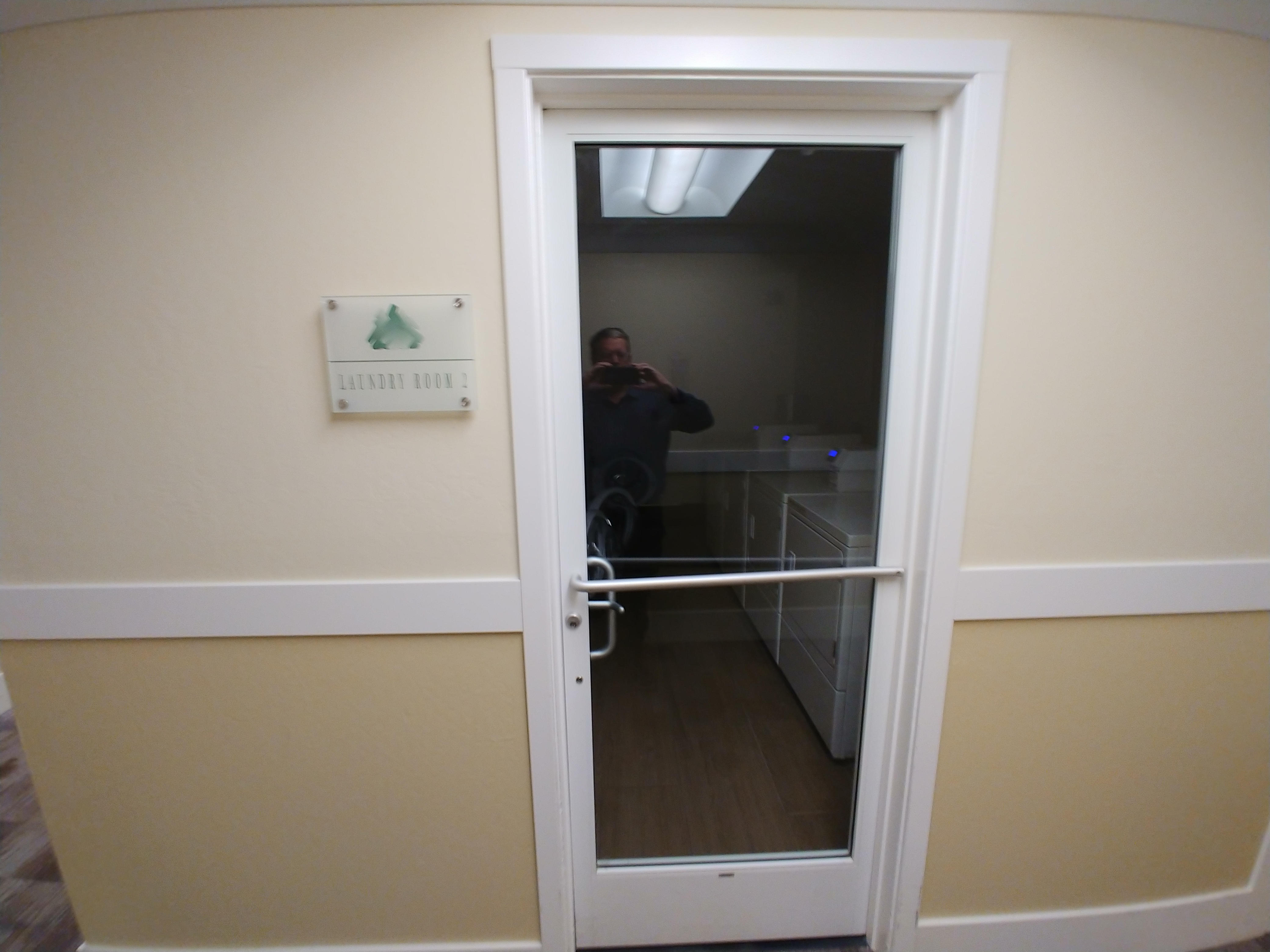This is the legal disclaimer that appears when starting the US Centers for Disease Control (CDC’s) Fluview Interactive application which purports to report the percentage of deaths per week “due to” pneumonia and influenza (P&I) prior to March 2020 and pneumonia, influenza, and COVID-19 (PIC) since March 2020. (URL: http://gis.cdc.gov/grasp/fluview/mortality.html )
Emphasis is added to key phrases. The NOTES explain the definition and meaning of several technical terms used in the disclaimer.
The disclaimer essentially says, in plain English, the data — the COVID-19 death counts — which is presented with no estimates of statistical or systematic errors is provisional and could be entirely wrong. Two sentences in one paragraph appear to contradict one another.
The CDC had a budget of just over $12 billion in the Fiscal Year 2019. URL: https://www.cdc.gov/budget/documents/fy2019/fy-2019-detail-table.pdf
Disclaimer (Downloaded December 24, 2021)
National Center for Health Statistics Mortality Surveillance System-
NOTE: The National Center for Health Statistics (NCHS) is a division of the US Centers for Disease Control and Prevention (CDC).
The National Center for Health Statistics (NCHS) collects and disseminates the Nation’s official vital statistics. NCHS collects death certificate data from state vital statistics offices for all deaths occurring in the United States. Pneumonia and/or influenza (P&I) deaths and pneumonia, influenza and/or COVID-19 (PIC) deaths are identified based on ICD-10 multiple cause of death codes.
NOTE: ICD-10 is the International Classification of Diseases 10th Edition, a medical classification list by the World Health Organization (WHO). “ICD-10 multiple cause of death codes” refers to multiple “causes of death” listed on death certificates. Many death certificates have many causes of death such as emphysema, a degenerative eventually terminal condition, and pneumonia. One cause of the death is singled out as the “underlying cause of death” or UCOD. One cause of death is singled out as the “immediate cause of death.” The immediate cause of death is often not the underlying cause of death. For example, emphysema may be the underlying cause of death and pneumonia, the influenza virus, or the “common cold” may be the immediate cause of death.
NCHS Mortality Surveillance System data are presented by the week the death occurred at the national, state, and HHS Region levels, based on the state of residence of the decedent. Data on the percentage of deaths due to P&I or PIC are released one week after the week of death to allow for collection of enough data to produce a stable percentage. States and HHS regions with less than 20% of the expected total deaths (average number of total deaths reported by week during 2008-2012) will be marked as having insufficient data. Not all deaths are reported within a week of death therefore data for earlier weeks are continually revised and the proportion of deaths due to P&I or PIC may increase or decrease as new and updated death certificate data are received by NCHS.
NOTE: Notice the conflict between “to allow for collection of enough data to produce a stable percentage” and “the proportion of deaths due to P&I or PIC may increase or decrease as new and updated death certificate data are received by NCHS.” Percentage is a way of expressing the proportion: for example, fifty percent (a percentage) versus one half (another way of expressing the same percentage). “Stable” usually means “not changing or fluctuating” (Merriam Webster) when used in this way.
The COVID-19 death counts reported by NCHS and presented here are provisional and will not match counts in other sources, such as media reports or numbers from county health departments. COVID-19 deaths may be classified or defined differently in various reporting and surveillance systems. Death counts reported by NCHS include deaths that have COVID-19 listed as a cause of death and may include laboratory confirmed COVID-19 deaths and clinically confirmed COVID-19 deaths. Provisional death counts reported by NCHS track approximately 1-2 weeks behind other published data sources on the number of COVID-19 deaths in the U.S. These reasons may partly account for differences between NCHS reported death counts and death counts reported in other sources.
NOTE: The language “a cause of death” likely means that COVID-19 (or pneumonia or influenza in pre-2020 figures) is one of the causes of death listed on the death certificate, not necessarily the underlying cause of death (UCOD). Remember, many death certificates have multiple causes of death, one of which is identified as the underlying cause of death. (UCOD). Note also that the disclaimer specifically states that NCHS numbers “will not match..numbers from county health departments.” County health departments are presumably official, primary sources of death data with qualified staff — medical examiners and others.
In previous seasons, the NCHS surveillance data were used to calculate the percent of all deaths occurring each week that had pneumonia and/or influenza (P&I) listed as a cause of death. Because of the ongoing COVID-19 pandemic, COVID-19 coded deaths were added to P&I to create the PIC (pneumonia, influenza, and/or COVID-19) classification. PIC includes all deaths with pneumonia, influenza, and/or COVID-19 listed on the death certificate. Because many influenza deaths and many COVID-19 deaths have pneumonia included on the death certificate, P&I no longer measures the impact of influenza in the same way that it has in the past. This is because the proportion of pneumonia deaths associated with influenza is now influenced by COVID-19-related pneumonia. The PIC percentage and the number of influenza and number of COVID-19 deaths will be presented in order to help better understand the impact of these viruses on mortality and the relative contribution of each virus to PIC mortality.
The PIC percentages are compared to a seasonal baseline of P&I deaths that is calculated using a periodic regression model that incorporates a robust regression procedure applied to data from the previous five years. An increase of 1.645 standard deviations above the seasonal baseline of P&I deaths is considered the “epidemic threshold,” i.e., the point at which the observed proportion of deaths is significantly higher than would be expected at that time of the year in the absence of substantial influenza, and now COVID-related mortality. Baselines and thresholds are calculated at the national and regional level and by age groups.
For more information on pneumonia and influenza mortality surveillance please visit: http://www.cdc.gov/flu/weekly/overview.htm#Mortality
* The 10 U.S. Department of Health and Human Services regions include the following jurisdictions. Region 1: Connecticut, Main, Massachusetts, New Hampshire, Rhode Island, and Vermont; Region 2: New Jersey, New York, and New York City; Region 3: Delaware, District of Columbia, Maryland, Pennsylvania, Virginia, and West Virginia; Region 4: Alabama, Florida, Georgia, Kentucky, Mississippi, North Carolina, South Carolina, and Tennessee; Region 5: Illinois, Indiana, Michigan, Minnesota, Ohio, and Wisconsin; Region 6: Arkansas, Louisiana, New Mexico, Oklahoma, and Texas; Region 7: Iowa, Kansas, Missouri, and Nebraska; Region 8: Colorado, Montana, North Dakota, South Dakota, Utah, and Wyoming; Region 9: Arizona, California, Hawaii, and Nevada; Region 10: Alaska, Idaho, Oregon, and Washington.
(C) 2021 by John F. McGowan, Ph.D.
About Me
John F. McGowan, Ph.D. solves problems using mathematics and mathematical software, including developing gesture recognition for touch devices, video compression and speech recognition technologies. He has extensive experience developing software in C, C++, MATLAB, Python, Visual Basic and many other programming languages. He has been a Visiting Scholar at HP Labs developing computer vision algorithms and software for mobile devices. He has worked as a contractor at NASA Ames Research Center involved in the research and development of image and video processing algorithms and technology. He has published articles on the origin and evolution of life, the exploration of Mars (anticipating the discovery of methane on Mars), and cheap access to space. He has a Ph.D. in physics from the University of Illinois at Urbana-Champaign and a B.S. in physics from the California Institute of Technology (Caltech).






